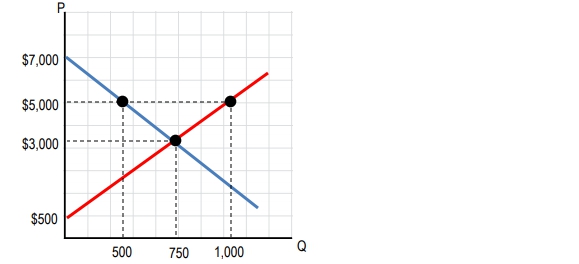Producer surplus is a key concept in economics that represents the difference between the market price and the minimum price at which producers are willing to sell their goods. This concept parallels consumer surplus, which focuses on the benefits consumers receive when they pay less than what they are willing to pay. In the case of producer surplus, it reflects the additional benefit producers gain when they sell at a market price higher than their willingness to sell.
To understand producer surplus, it's essential to grasp the idea of willingness to sell, which indicates the minimum price a producer is willing to accept for their product. This willingness is represented by the supply curve, which illustrates the relationship between price and quantity supplied. For instance, if a producer is willing to sell a teddy bear for \$10 but the market price is \$20, the producer surplus is the difference of \$10, which is the additional benefit gained from selling at a higher price.
In a simplified market scenario, consider four producers: Bart, Lisa, Marge, and Homer, each with one item to sell. As the market price changes, the quantity supplied and the producer surplus will also change. For example, at a price of \$4, only Homer and Marge are willing to sell. Homer, who is willing to sell for \$2, gains a producer surplus of \$2, while Marge, willing to sell for \$4, has no surplus since she sells at her minimum price.
As the market price increases to \$5, both Homer and Marge benefit from the higher price, resulting in a total producer surplus of \$4. When the price rises to \$7, all three producers—Homer, Marge, and Lisa—are willing to sell, and the total producer surplus increases to \$9. This illustrates that as market prices rise, producer surplus tends to increase, reflecting the additional gains producers receive from selling at prices above their willingness to sell.
In summary, producer surplus is a vital measure of producer welfare in a market economy, highlighting the benefits producers receive from favorable market conditions. Understanding this concept helps to analyze market dynamics and the impact of price changes on producer behavior.




